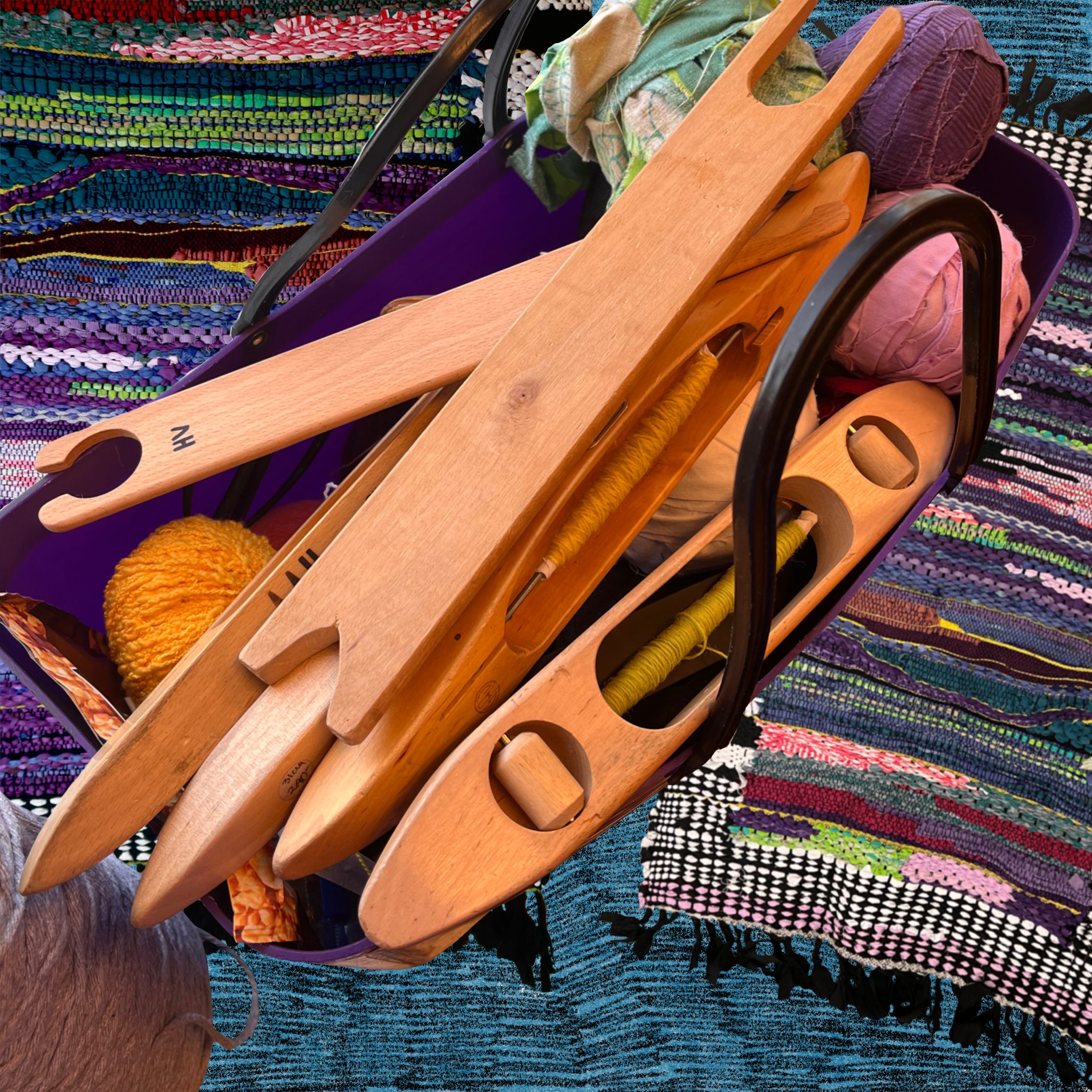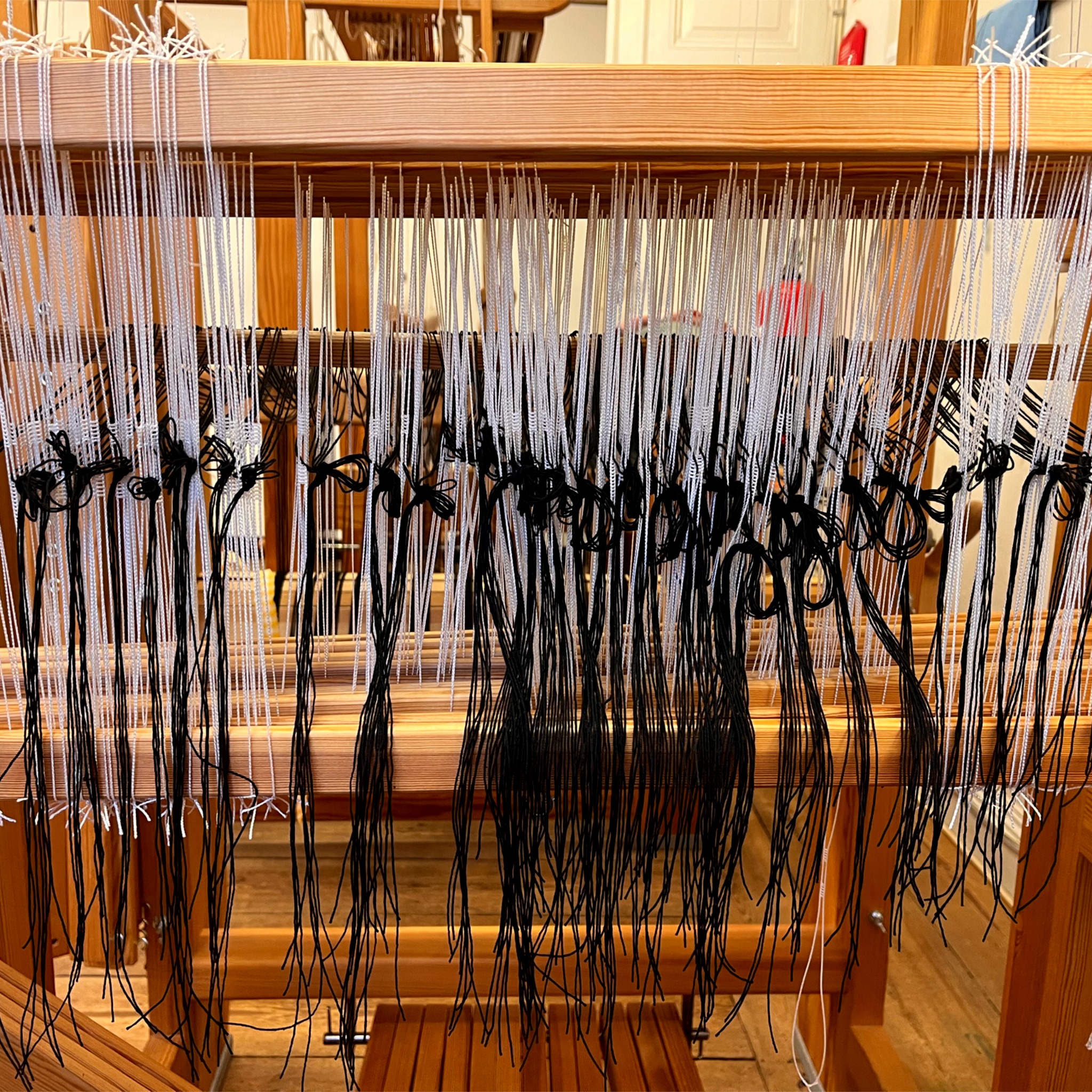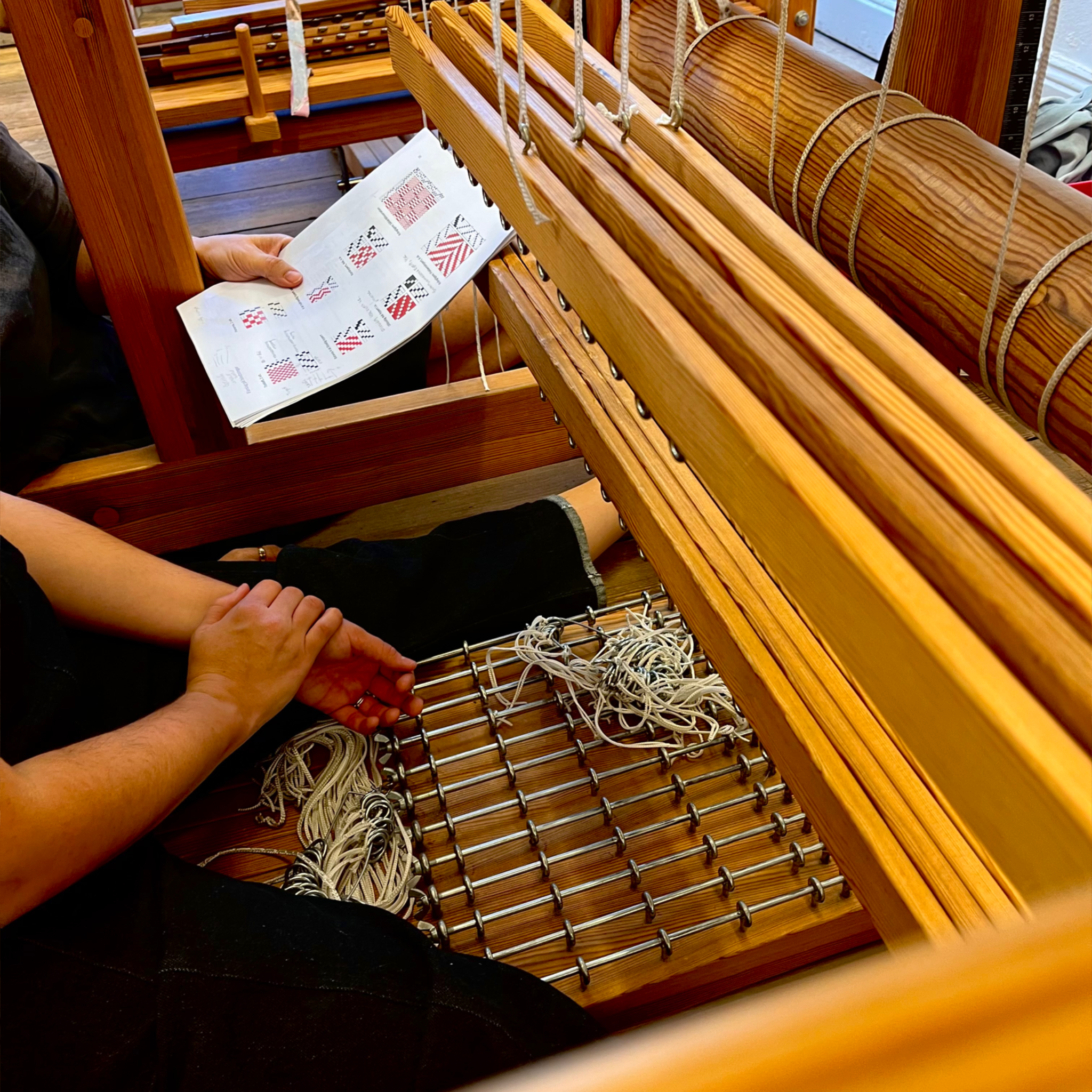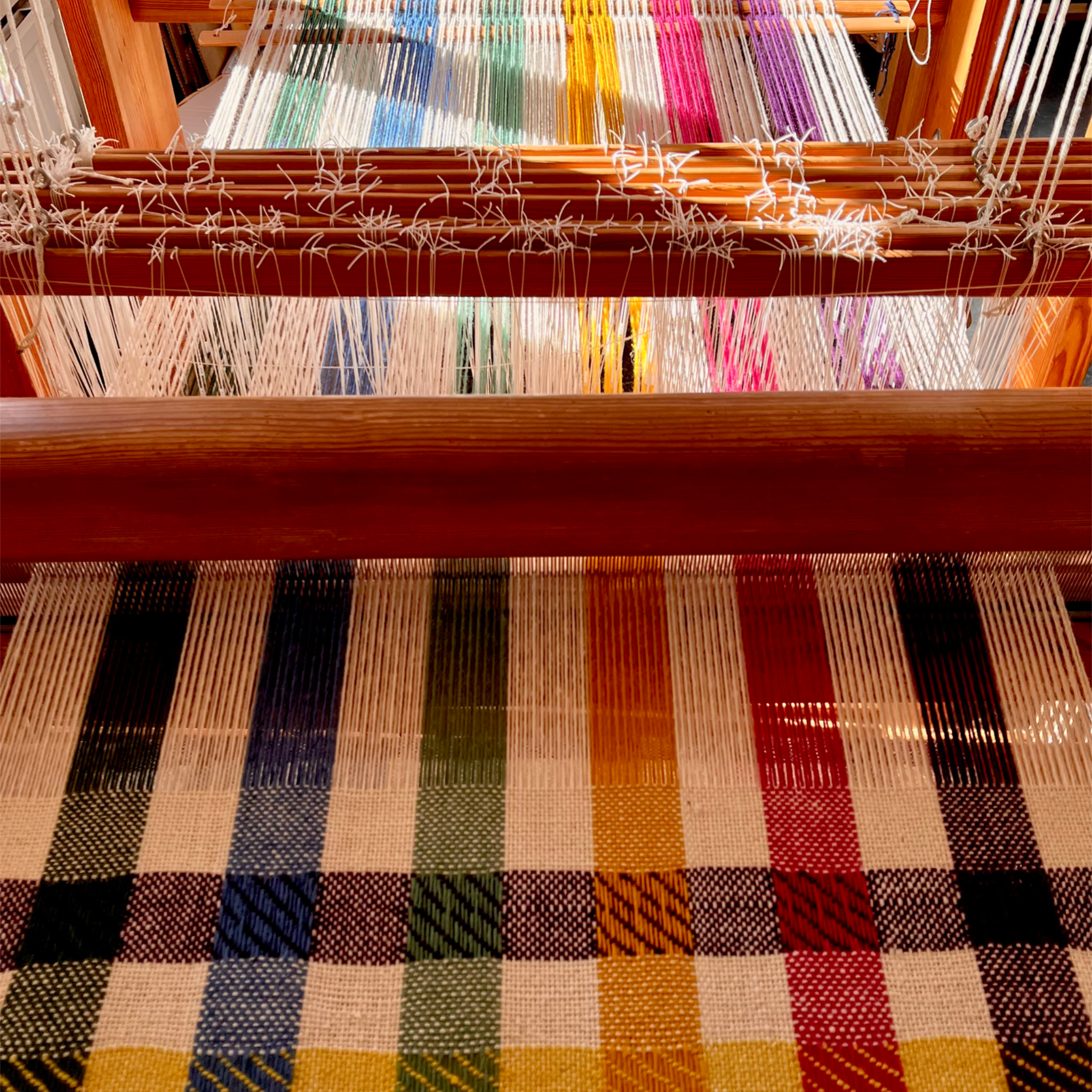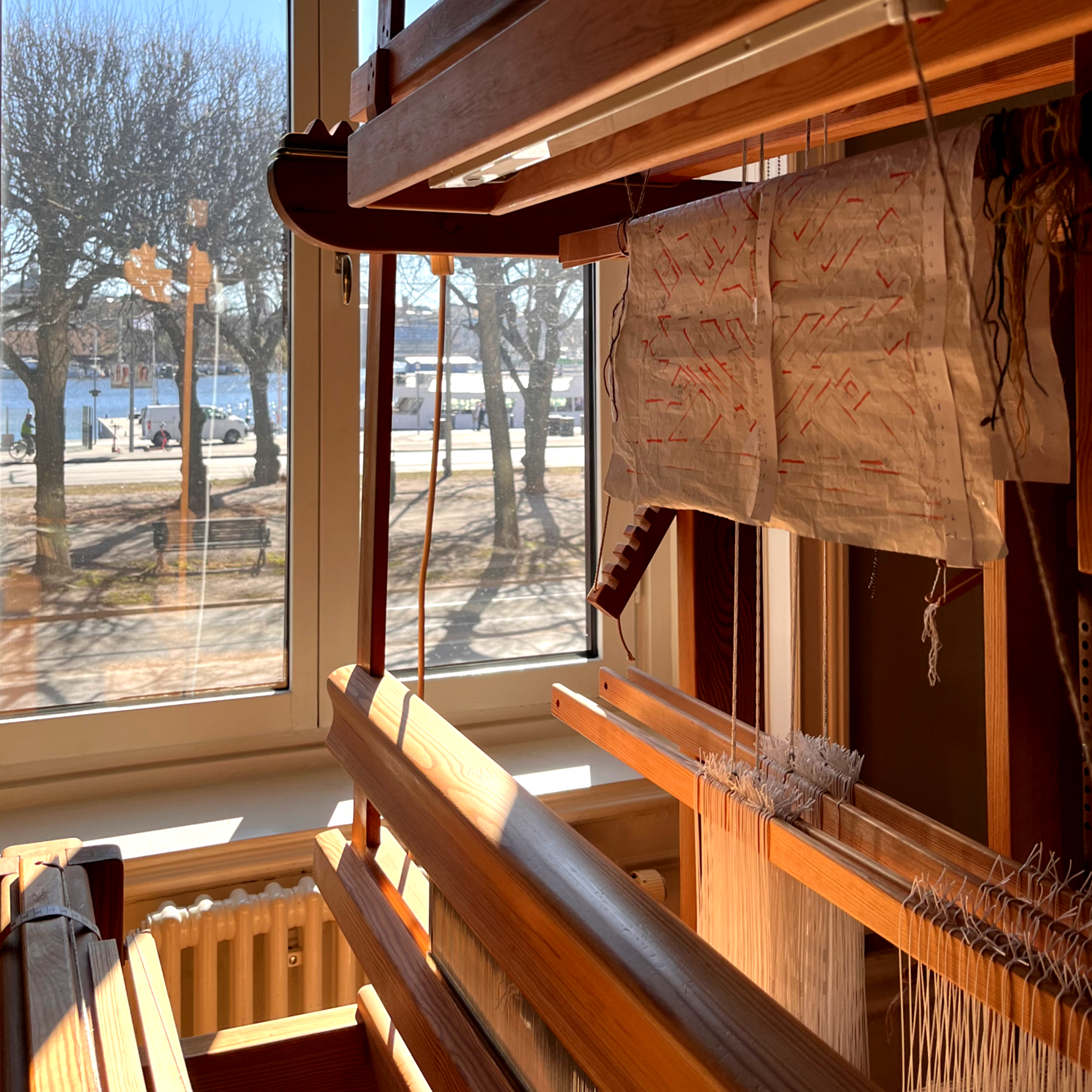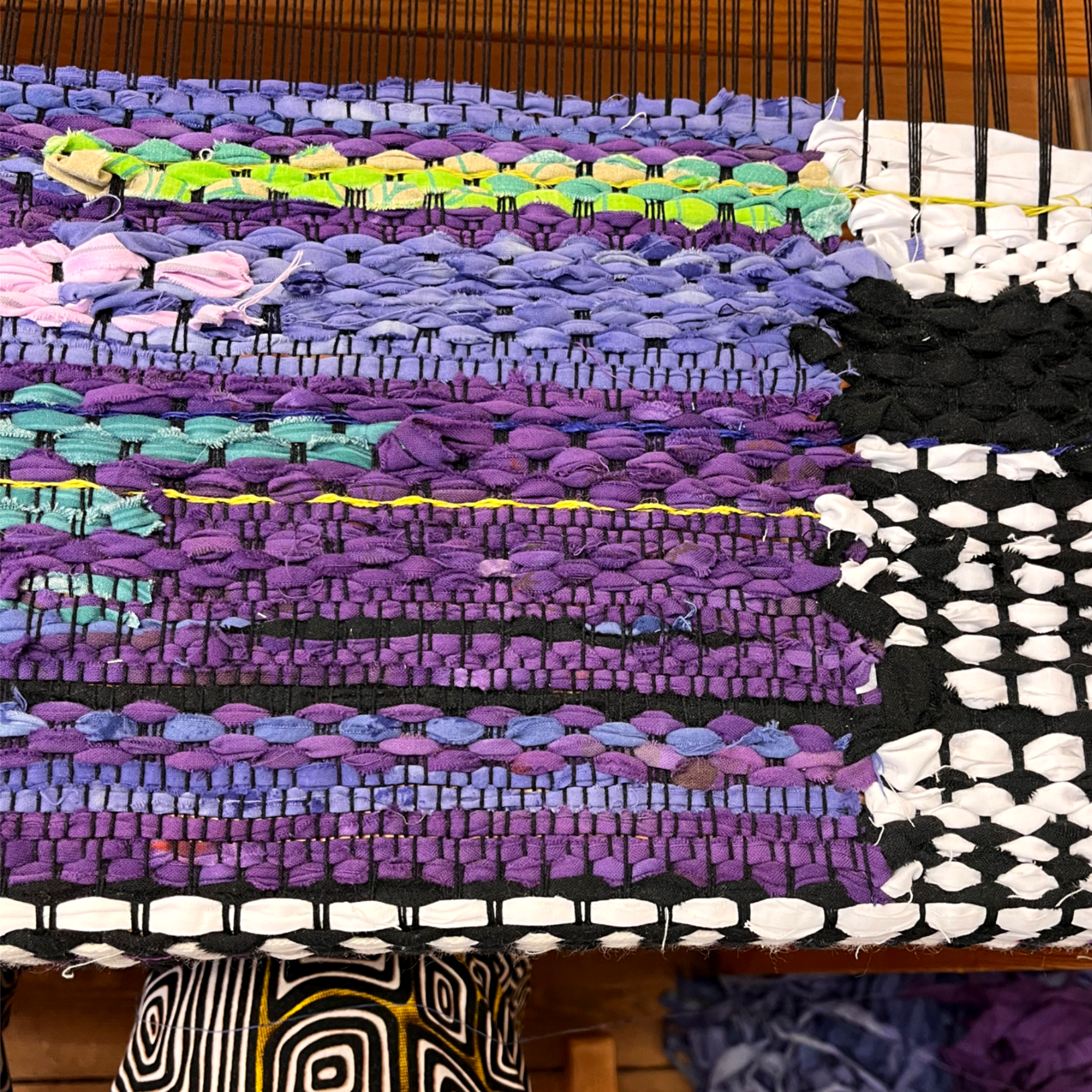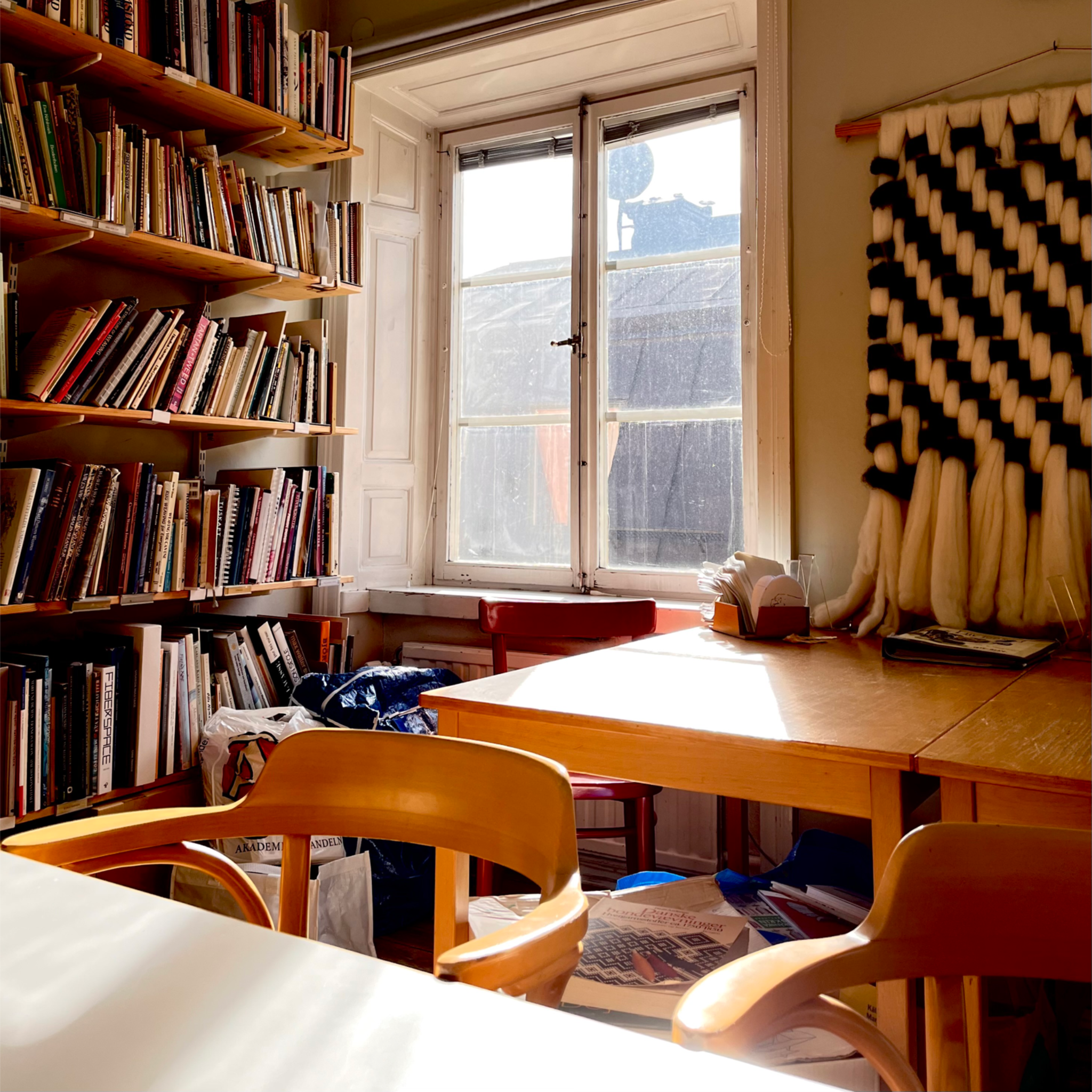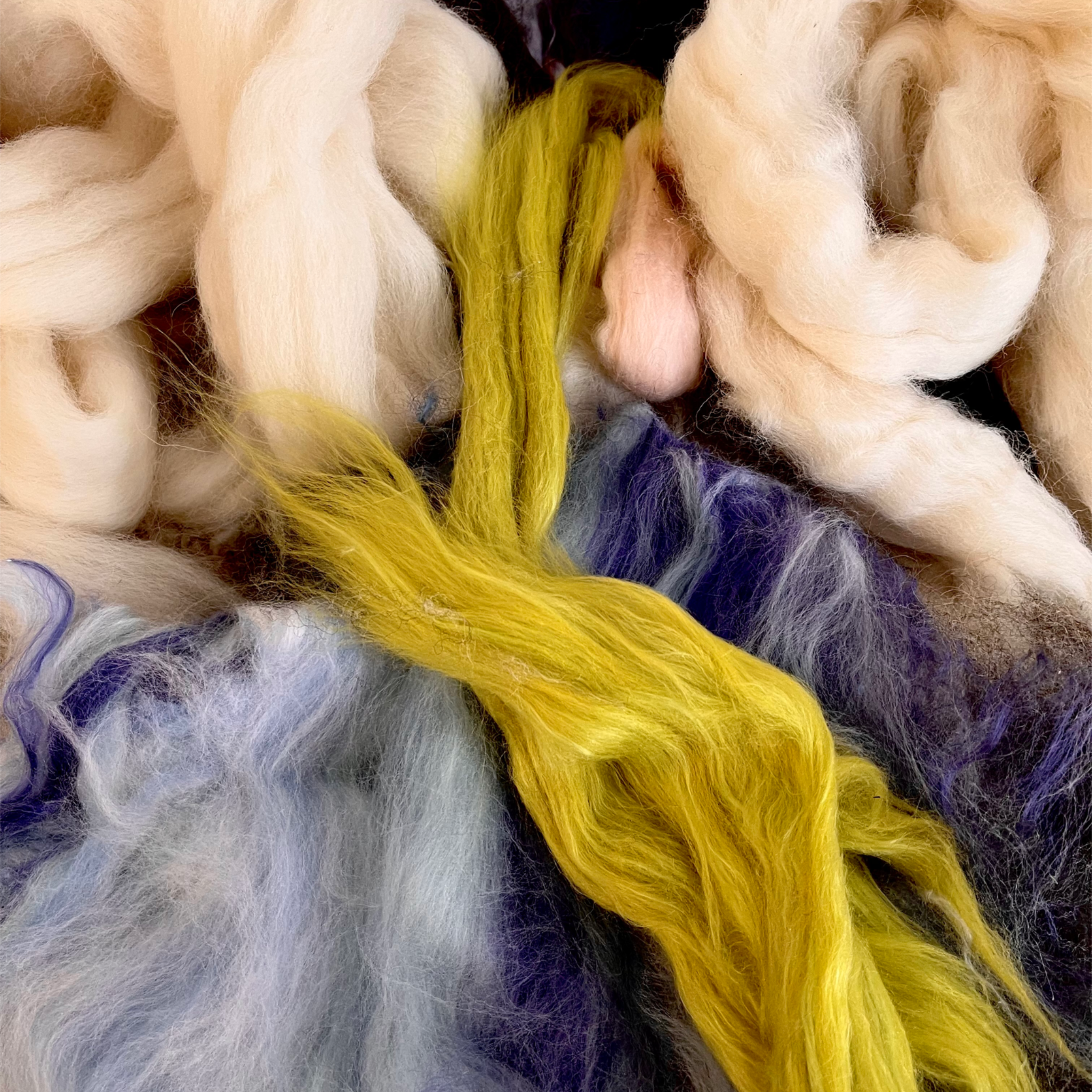Answering the Call of the Loom: My Adventures in Stockholm
Learning a new skill as an adult can be a wild ride, especially when it involves ancient traditions, a new language, and a whole lot of tangled threads. My time studying handcrafts in Stockholm was exactly that. Here are some of the most memorable moments, from laugh-out-loud mishaps to quiet, beautiful victories.
The Funniest, Most Unexpected Thing in the Studio
In a classic case of "art school is weird," my classmate and I decided that the best place to dye my hair from blonde to grey was in the school's dye studio. It felt like a perfectly punk, slightly rebellious thing to do, using the big industrial sinks to wash it out. Our teacher's reaction when she walked in on us was a perfect mix of surprise and knowing acceptance—after all, this is a creative space!
Aha! vs. Oops!
My biggest "aha!" moment came from letting go of the overthinking and just trusting my own logic. I finally understood the complex theory of weaving by picturing how the threads move and what's physically possible on the loom. It was like the loom's mechanics suddenly clicked into place in my brain.
My biggest "oops!" moment, on the other hand, was purely physical. After spending hours painstakingly setting up a new project, I made one tiny mistake before pulling out the metal stick that secures the loom. Half of my heddles—those delicate, crucial parts that hold the threads—fell straight to the floor in a clattering cascade. A humbling reminder that there is often an aspect you forget when setting up and you need to manage your emotions as you go back to fix the mistakes!
Lost in Translation: Weaving Swedish-Style
Trying to master Swedish weaving terminology was a unique challenge. I had a leg up with some Scandinavian language knowledge, but it still led to a hilarious blend of Swedish, English, and German in the classroom. We'd seamlessly switch between languages just to get our points across. For a long time, I couldn't tell if I was struggling with the concept itself or just the language, but it was incredibly rewarding to notice over time how much easier it became to follow along. Don’t even get me started on also having a Danish classmate who would answer all the questions in her own language.
Tradition Meets Modernity
Unlike many of my classmates who had been sewing and embroidering since childhood, my prior handcraft experience was limited to a bit of simple cross-stitch. Initially, I felt completely out of my element, fumbling with spindles and feeling silly for even trying. It's a humbling experience to watch someone spin wool by hand with effortless grace, only to have your own spindle clatter to the floor.
But the real reward came from seeing my hard work pay off. The feeling of weaving something beautiful with my own hands after just a few months, or being able to understand my teachers without a second thought, was a different kind of pride than anything I've felt from more "modern" skills. There's a tangible satisfaction in learning something with a rich history, a sense of connecting to a timeless lineage of makers, especially women.
The Sweetest Swedish Tradition
Beyond the loom, the most charming cultural detail I picked up was the cherished tradition of fika. Our class would gather for this quintessential Swedish coffee break, often sharing homemade cinnamon buns or cakes. It was a beautiful way to build our community and remind each other to take a pause. The space we created felt so supportive and caring; it was truly wonderful to see us all look out for one another, whether it was through a shared pastry or a helping hand with a tricky warp.
Advice to My Day One Self
Before starting this journey, I was a bundle of nerves, anxious about whether I'd be any good at it. If I could go back, I'd tell myself one simple thing: relax. You'll be bad at it for a while, and that's okay. Give yourself grace and trust the process. It's a marathon, not a sprint, and the frustration is just part of the journey.
The Stockholm Weaving Community
One of the biggest surprises was discovering how much a part of Swedish culture weaving still is. In Germany, I didn't know anyone who did it. However, in Stockholm, it would have been easy to pick up a massive loom on Facebook Marketplace—and to be honest, I'm still tempted to get one and bring it home! It's a vibrant, living art form with a passionate community, with everyone from young students to seasoned weavers who've been at it for decades.
Hopes vs. Reality
When I started, I had grand visions of creating intricate wall hangings with detailed picture weaves. I quickly learned that these are incredibly time-consuming, and as a beginner, I just didn't have the time or experience. So, while I hoped for more, I ended up creating a collection of beautiful samples, a ‘trasmatta’ and one five meter long wall hanging instead. Weaving truly is a practice of your patience, and it taught me to appreciate the beauty in what's possible in the moment.
Feeling Like a Character in a Movie
Absolutely. My favourite moment was the quiet morning ritual. I would arrive an hour early to school, make coffee, and enjoy the silence before everyone else arrived. The room was filled with the beautiful light of the Swedish spring mornings, illuminating the looms and the little library next to the kitchen. It was a moment of peaceful contemplation before the day's creative work began.
My Next Weaving Adventure
One of my classmates created a stunning piece using recycled plastic, and it completely sparked my imagination. I've been itching to create a similar piece using colourful plastic bags and then hanging it in front of a light source. The idea of blending this ancient craft with a modern, upcycled material feels like the perfect way to bring tradition into the future. What an epic project that will be.

